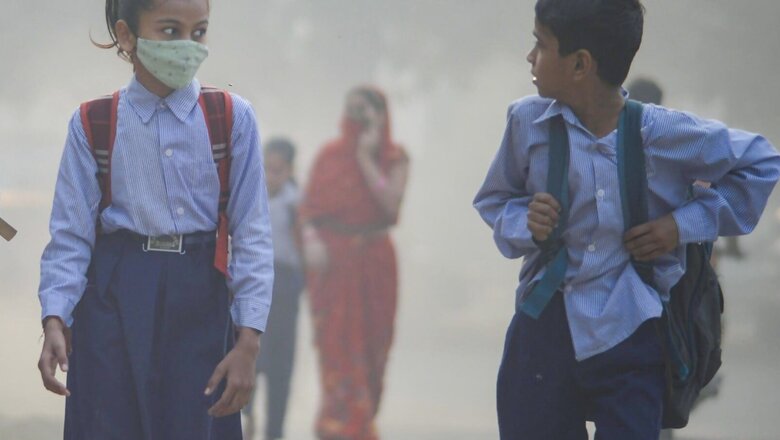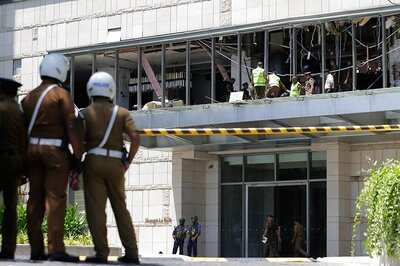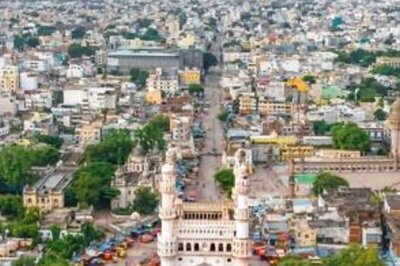
views
While air quality Index in Delhi showed slight improvement, although remaining in the “poor” category, Mumbai is still reeling under a thick smog for the fourth consecutive day.
Mumbai has been recording AQI in the “very poor” category, and almost touched that of Delhi on Wednesday. System of Air Quality and Weather Forecasting and Research (SAFAR) recorded an AQI of 306 in Mumbai, and 309 in Delhi, both in “very poor” category. This has been a trend Mumbai since Monday.
Delhi improves AQI slightly
In terms of the national capital, pollution levels slightly improved on Thursday, but still remained in the poor category. The city’s minimum temperature settled at 8.3 degrees Celsius, a notch below the season’s average.
At 10 am today, Delhi’s overall AQI stood at 262 (poor category), the Central Pollution Control Board (CPCB) said.
An AQI between zero and 50 is considered “good”, 51 and 100 “satisfactory”, 101 and 200 “moderate”, 201 and 300 “poor”, 301 and 400 “very poor”, and 401 and 500 “severe”.
Meanwhile, the Centre’s air quality panel on Wednesday ordered the lifting of curbs under stage 3 of the anti-pollution action plan in Delhi-NCR, including a ban on non-essential construction work.
The Sub-Committee for invoking actions under the Graded Response Action Plan (GRAP) held a review meeting in view of a significant improvement in the air quality in Delhi-NCR.
AQI deteriorating in Mumbai
Mumbai has been experiencing air pollution levels nearing that of Delhi since Monday.
On Wednesday, several areas in Mumbai recorded higher air pollution levels than Delhi. These include, Mazagaon (381), followed by Malad (323), Colaba and BKC (309), Andheri (303), Bhandup (280), Chembur (266), Worli (190) and Borivali (173).
Continuous infrastructure works along with a shift in wind patterns are being attributed behind this, experts said. As Mumbai is a post city, its AQI is mostly dependent on the speed of the wind, and wind patterns.
“There has been no reversal of wind patterns, due to which the city is recording poor AQI. Usually, wind pattern reversal happens much frequently in Mumbai than Delhi due to the sea. It is only after the wind speed increases that particulate matters disperse,” Gufran Beig, scientist and programme director of SAFAR said, The Indian Express reported.
With agency inputs
Read all the Latest India News here



















Comments
0 comment